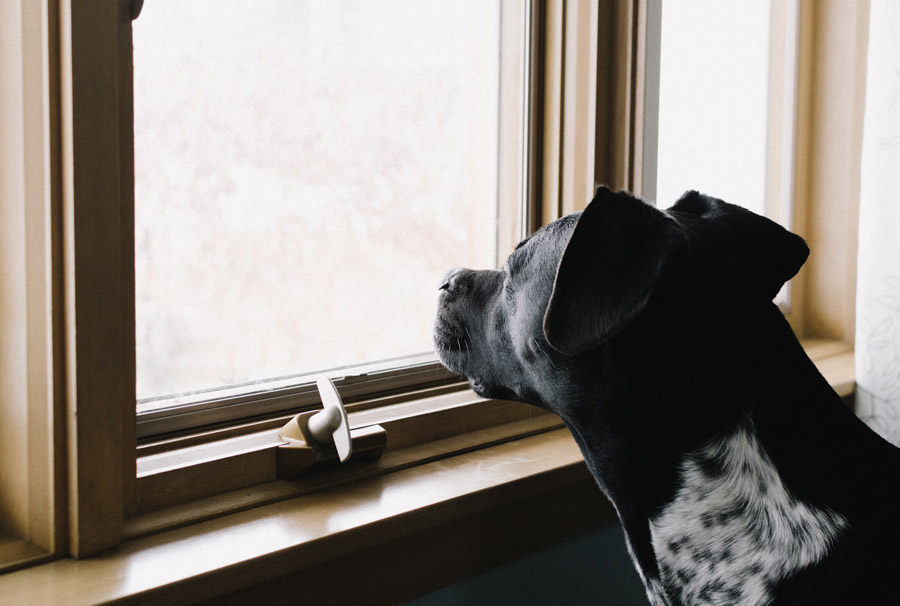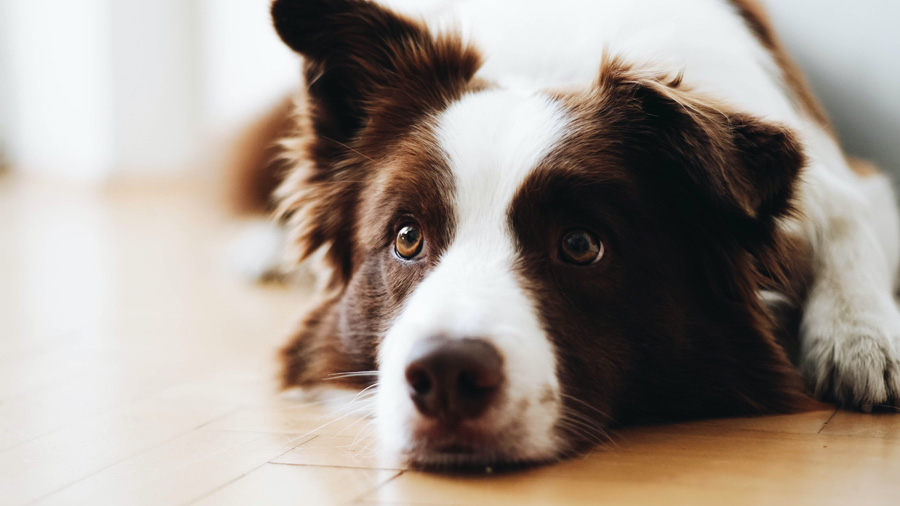Australians are known to hold one of the highest rates of pet ownership worldwide. Certainly, COVID-19 has seen this figure rise, as pet adoption rates have increased. Yet as Coronavirus restrictions ease and pet owners return to work, pet separation anxiety could become an issue.
One of the benefits of COVID-19 for our four-legged friends is having their owner with them 24/7. This has likely resulted in more walks, more playtime, more cuddles and extra attention.
Indeed, for many pets — particularly newly adopted ones — seeing their owner leave the home for much of the day could become a major issue. After all, their ‘norm’ is having their owner at home with them. This sudden change, where they find themselves home alone, could spark separation anxiety.
What are the signs of pet separation anxiety?
As a pet owner, if you are returning to work, it’s important to be aware of the symptoms of pet separation anxiety — as well as what action you can take to avoid it.
Common signs of pet separation anxiety include:
- Disruptive or destructive behaviour (for example, your dog starts biting furniture, ripping up pillows or scratching the carpet)
- Your pet starts to urinate or defecate where they wouldn’t normally, such as in the home
- Constant barking or howling when you leave the house (You might need to ask your neighbours to keep an ear out for this type of behaviour.)
- Digging or trying to escape
Are some dogs more prone to separation anxiety?
Yes, indeed, some dogs are more prone to separation anxiety. Although it’s unclear why this is. Anecdotal evidence indicates rescue and shelter dogs are more inclined to get separation anxiety.
However, some of the more sociable breeds of dog (for example, Cavalier King Charles, Border Collies and Bichon Frises) can also be prone to this condition.
Either way, it’s important to take steps to help prevent pet separation anxiety.
5 ways to deter pet separation anxiety
Here are a few actions you can take to help stop your pet from getting separation anxiety.
1. Introduce short periods of alone time
Leave your pet alone for short periods of time to get him or her used to you not being there. You can simply go for a walk around the block and start to build up the length of time you’re away.
2. Ignore Fido
Start paying your fur pal less attention. This may sound mean but it just means giving your pet less attention when he or she is following you around the house. It’s similar to how you should ignore your dog if he or she jumps up at you when you arrive home.
3. Mix up your routine
Dogs love routine and they get used to it very quickly. Have you ever noticed how your dog gets restless and may start whining at your feet 10 minutes before you’re due to pick the kids up from school? Your dog knows what’s what and when you’ll be going out and he’s getting ready for your departure.
By mixing up your routine and leaving the house at different times of the day, the dog will become more familiar with your leaving and returning. It might even mean leaving your car keys somewhere different so that when you grab them your fur pal won’t hear the keys rattling and won’t get agitated.
4. Try distraction
Keep your fur pal from having a meltdown by giving him a tasty treat or fun toy to play with just before you leave home. Having something yummy to chew on or interesting to play with should stop your dog from following you to the front door and pining for you when you leave. Instead, he might associate your departure with something fun.
5. Move your afternoon walk to the morning
If you usually take your dog for a walk in the afternoon or evening, change it to the morning. A brisk walk or even a run is a great way to get rid of your dog’s pent up energy. When you return home from your walk, reward your dog’s calm behaviour with a treat and make sure there’s fresh water. Ideally, your dog will remain in this quiet, restful mood while you’re away from home.
It’s important to put measures into place to discourage pet separation anxiety before the time comes to return to work. Of course, training your dog not to behave in a certain way can take time, so be patient with him or her. Never punish anxious behaviour.
If you find your dog is really suffering from separation anxiety, you can talk to your vet about drug therapy as a short-term solution. Aside from this, doggy daycare may be an option or perhaps you have a friend or family member that can dog sit while you’re at work.
Alternatively, you could get in touch with an animal behavior specialist to help your dog to overcome their separation anxiety.
Finally, play it safe. Make sure your pet has a good quality pet ID Tag in case he or she tries to escape and ends up on the streets. You can get a great deal on a tag through our friends at PetIDTag – enter code INTRO20 and you’ll get a 20% discount at checkout!
What methods have you tried to prevent your pet from experiencing separation anxiety?
Image source: Unsplash








Leave A Comment